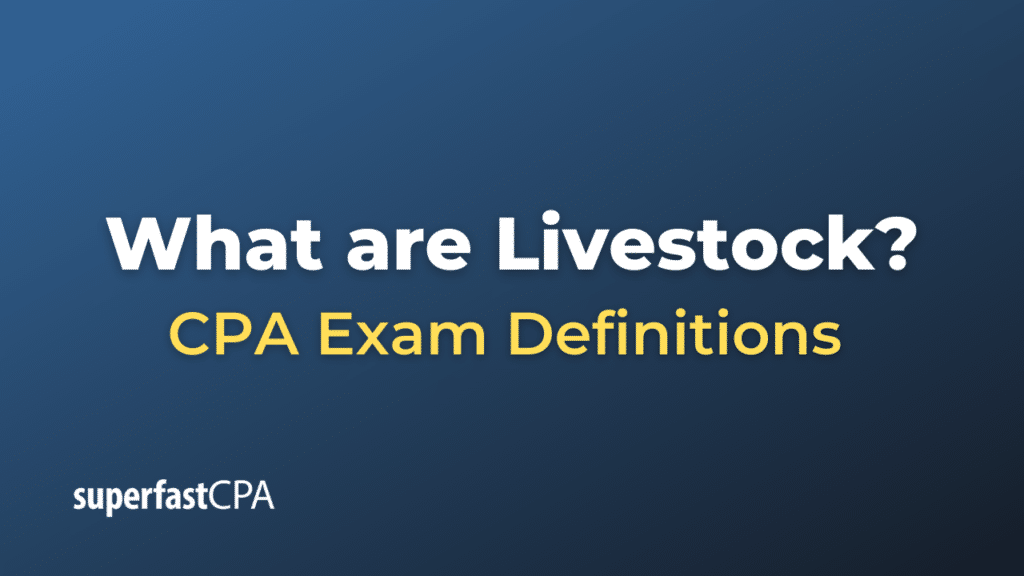Livestock
Livestock refers to domesticated animals raised in an agricultural setting primarily for the purpose of producing commodities such as food, fiber, and labor. These animals are used in farming to produce goods or to work in the production of other goods.
The term “livestock” can cover a wide variety of animals, including but not limited to:
- Cattle: These are often raised for meat (beef and veal), dairy products (milk), and hides. They are also used in draught work.
- Poultry: This category includes chickens, turkeys, ducks, and geese. They are often raised for their meat and eggs.
- Sheep: Sheep are often raised for their wool, meat (lamb and mutton), and milk.
- Pigs: Also known as swine, pigs are predominantly raised for their meat (pork).
- Goats: Goats are commonly raised for their milk, meat, and sometimes for their fiber (mohair from angora goats and cashmere from cashmere goats).
- Horses: In certain parts of the world, horses are considered livestock and are raised for work, sport, meat, and other products.
- Other Animals: Depending on the region and culture, other animals like camels, yaks, buffalo, and certain kinds of game may also be considered livestock.
The livestock sector globally is one of the largest economic sectors and plays a critical role in agriculture. Besides providing food and raw material, livestock also provides non-food products such as pharmaceuticals. Moreover, livestock plays a role in enhancing food security, as they convert feed not suitable for human consumption into food, generate income for farmers, and can also act as a store of wealth in some cultures.
Example of Livestock
Consider a cattle ranch in Texas. The ranch owner has a herd of 500 Angus cattle which are bred and raised for their meat. This operation is quite extensive and involves several steps:
- Breeding: The rancher carefully selects bulls and cows for breeding based on traits such as size, meat quality, and health. This can involve natural mating or artificial insemination.
- Rearing: The calves born on the ranch are fed and cared for until they reach an appropriate weight for sale. They start with their mother’s milk and gradually move to grazing on grass and perhaps supplemental feed, depending on the ranch’s practices.
- Health Management: The cattle are regularly checked and treated for any illnesses or parasites. They are also often given vaccinations to prevent diseases.
- Sales: Once the cattle reach a certain weight, typically around 1,200 pounds, they are sold. Some may be sold directly for slaughter, while others might be sold to feedlots for further fattening.
- Reproduction: The cycle begins anew each year with the breeding of the cows. Some female calves are kept and raised to adulthood to replace older cows in the herd and maintain herd size.
The proceeds from the sales of the cattle represent the ranch’s primary income. The ranch may also earn additional income from selling bulls for breeding purposes to other ranchers.
This is just one example of a livestock operation. The specific details can vary greatly depending on the type of livestock and the geographic and economic context of the operation. Other examples could include a dairy farm in Wisconsin, a chicken broiler operation in Georgia, or a sheep ranch in New Zealand. Each of these operations would have its own unique characteristics and challenges.













